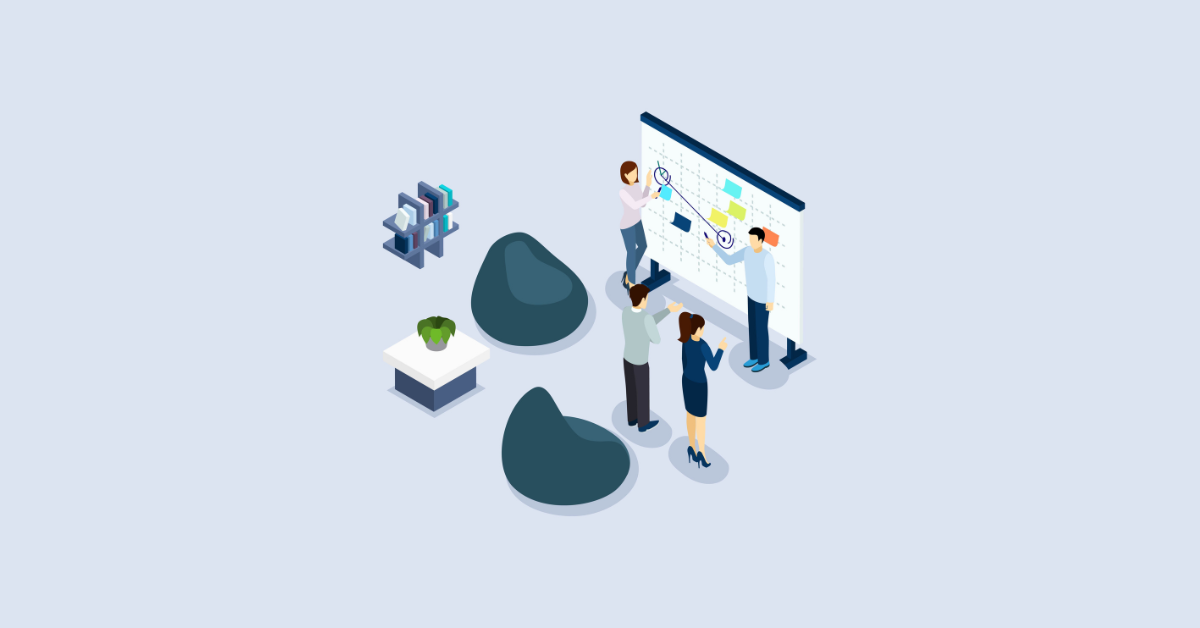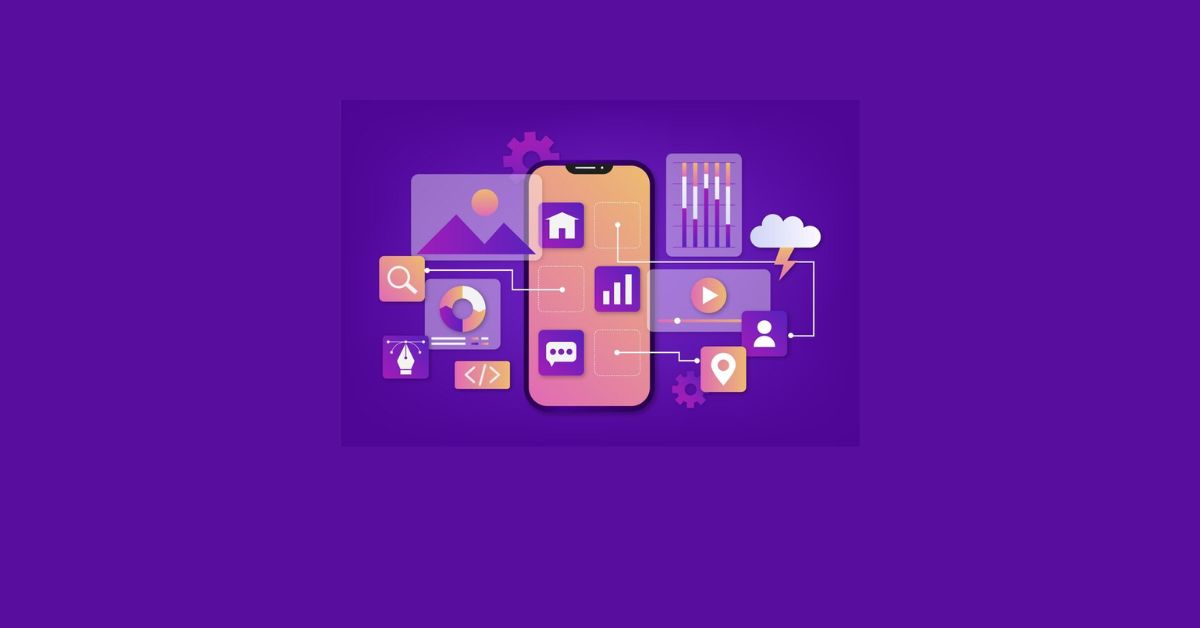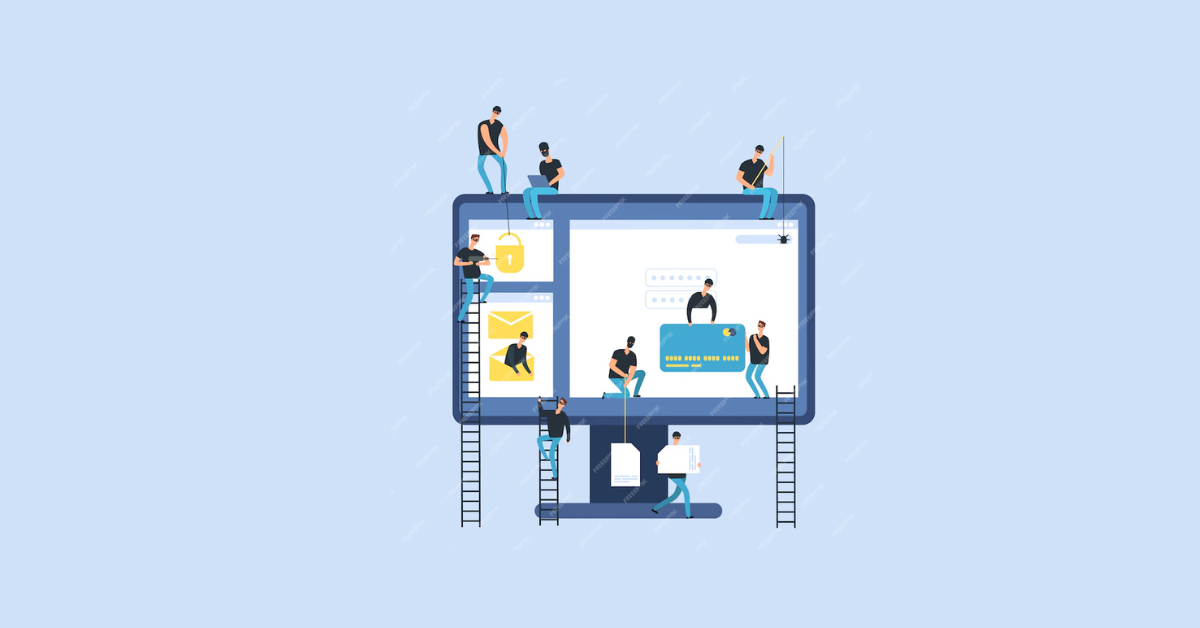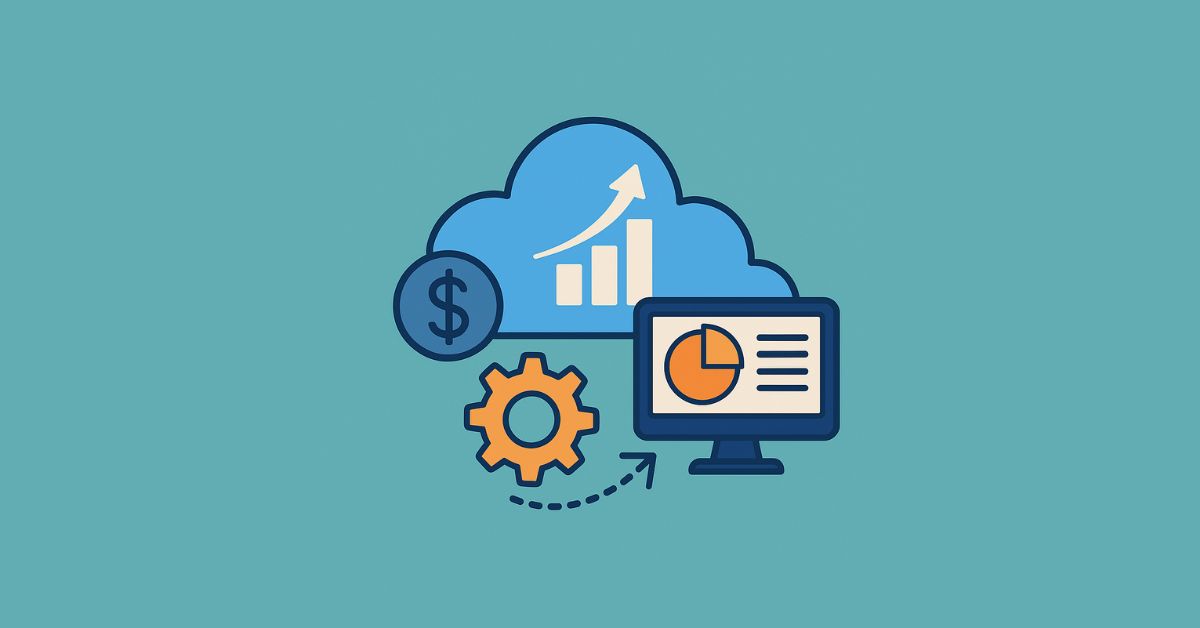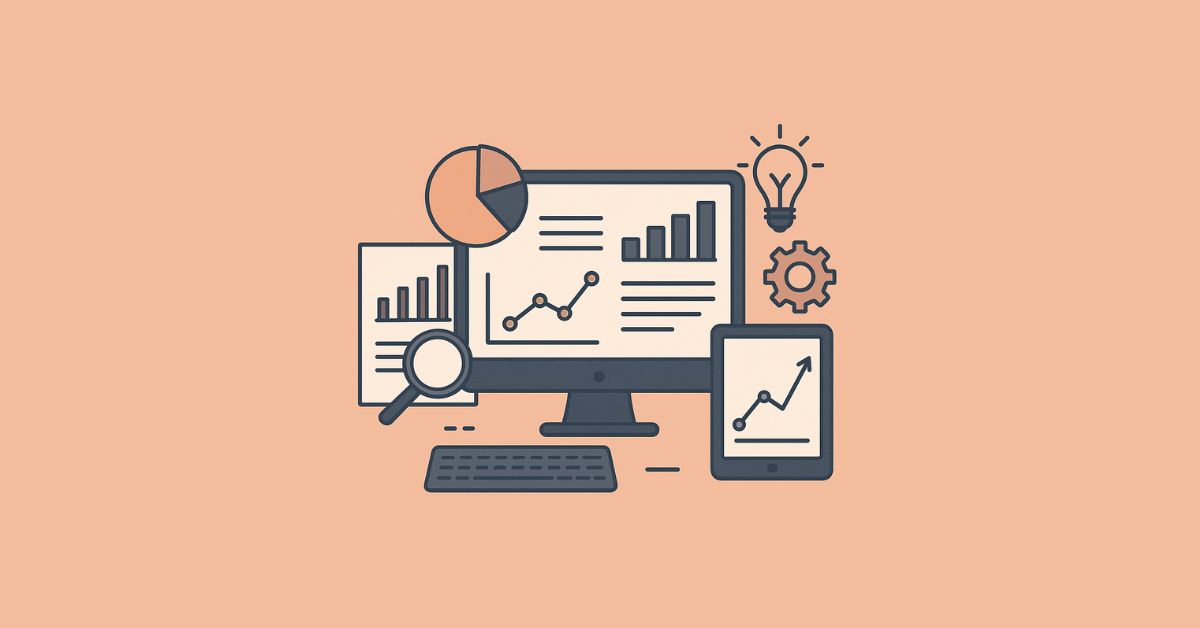- Characteristics of Agile Methodologies
- Four Steps in Agile Methodologies
- Tips for Applying Agile Characteristics at your workplace
- Scrum
– Principle:
– Artifacts:
– How does scrum work?
– Roles:
– When to use a framework? - Kanban
– Principles:
– How does kanban work?
– When to use Kanban Framework? - Lean
– Principle:
– Lean Roles:
– How does lean work?
– When to use the Lean framework? - Conclusion
Characteristics of Agile Methodologies
- Continuous Adaption- It focuses on management changes. Embraces continuous adaption of the product lifecycle. While the organizations create a project plan ahead of time which they often plan throughout the process.
- Transparency- Since customers are the key part of the Agile Approach, transparency is important throughout development. This will help companies build trust with the customers and develop a good bond with them.
- Listening capabilities- To create a positive impact, Agile companies listen to others. This helps to collect feedback from the customers.
- Collaboration- They involve working with team members and clients to keep the project working on time. They encourage each individual to share their idea so that they can make a better project.
- Efficient communication- It focuses on having effective communication to share ideas quickly and implement them on the right track. This involves using the fastest methods and utilizing them in the correct space.
Four Steps in Agile Methodologies
Step 1: Start with Actors, Goals, and Descriptions. The agile approach favors early feedback and frequent person-to-person communication. …
Step 2: Write On Demand. …
Step 3: Write Effective Steps. …
Step 4: Adapt the Level of Precision.
Tips for Applying Agile Characteristics at your workplace
– Choose Face to FACE meetings- When in face-to-face meetings it brings effective communication and also brings the idea to the table, which can be taken into action immediately.
– Focus on the final product- since the final product is the ultimate measure of success for agile processes, avoid getting up in the problem so that your end goal is clear.
Scrum
Principle:
- Control over the empirical process. In Scrum, the empirical process is based on observation of hard evidence and experimentation rather than theory
- Self-organization
- Collaboration
- Value-based prioritization
- Time-boxing
- Iterative development
Artifacts:
- User Story- A small piece of functionality that the team is going to work on during a time box known as Sprint.
- Task- It can be related or unrelated to the user story. For Example- setting up a new development environment or investigating new memory issues are tasks not related to user stories.
- Backlog- A list of stories and tasks for future sprints
- Sprint Backlog- A list of user stories and tasks picked from the backlog for the current sprint.
- Product Increment- A potentially shippable piece of functionality delivered at the end of the sprint.
- Extensions- Reports like Burn down chart, Velocity, etc used for the team progress.
How does Scrum work?
Roles:
Development team- It includes the developers, QA, UI/UX designer, business analysts, and anyone else you need to deliver the new functionality. The team members are three to nine.
Scrum Master- They have daily scrum meetings, which help them plan, groom, and many more meetings. I also helped them solve the communication meetings so they could work on several tasks at the same time.
Product owner- A stake representative whose focus is on communication to make the products go better and normal.
When to use a framework?
Kanban
It is an invention of Toyota. He observed how supermarkets restock their goods based on what has been picked by the shelves. This led Toyota to create a supply system where production plans would be driven by actual consumptions.
One of the key ideas of kanban is to refrain from producing surplus. Kanban achieves this by using cards and boards to visualize how resources can move through the production cycle. It also introduces the notion of pull over push, meaning that workers pull in according to their capacity as opposed to work being fed to them conveyer to a belt or in a form to-do list.
Another aspect of Kanban development is that the activities are always tied to customer needs and their ongoing communication with the customer.
Principles:
- Focus- Reduce Multitasking
- Decrease Waste
- The customer needs to work first
How does Kanban work?
Scrum requires teams to have clearly defined roles and processes. The team size consists of a scrum master who guides the rest of the team in complying with all the principles of the scrum framework to maximize the ROI of the entire process.
A product owner is responsible for maximizing the value of the product delivered by the scrum team and communicates to the rest of the team for vision of the product, feedback received from the stakeholders, and what task to prioritize.
When to use Kanban Framework?
Scrum is the best framework for teams that like to work following a regular rhythm and provides a nice balance to work together and coordinate with everyone. It is one of the most common methods in big companies.
Scrum is ideal for a software development agency that builds software for clients. The frequent checkpoints that come with operating in sprints ensure that the team and the clients are on the same page.
Lean
Principle:
- Defining Value
- Mapping the value stream
- Creating Flow
- Using a pull system
- Pursuing platform
Lean Roles:
How does lean work?
Lean advocates for what is popularly referred to as the Minimum Viable Product strategy. The team will release the bare minimum version of their product to the market, observing the reaction of the user, regarding their likes and dislikes and based on that need to make the product better and improvements based on it.
The lean is based on the two factors-
- Automation
- Continuous Improvement
Just like Kanban, the lean framework does not emphasize strict events in the course of building software, however, it specifies some principles that should be adhered to to have quick delivery and bring the user.
Build Quality in- Lean encourages software teams to build with measures that ensure the quality is incorporated from the beginning to prevent unnecessary quality checks.
Amplify Knowledge– The team should retain valuable learning in the form of proper documents, tools, processes and components, code, knowledge-sharing sessions, and commented code.
Deliver fast- Put value in the hands of the customers as fast as possible. Build a simple solution; put it in front of the customers and develop it based on the customer feedback.

